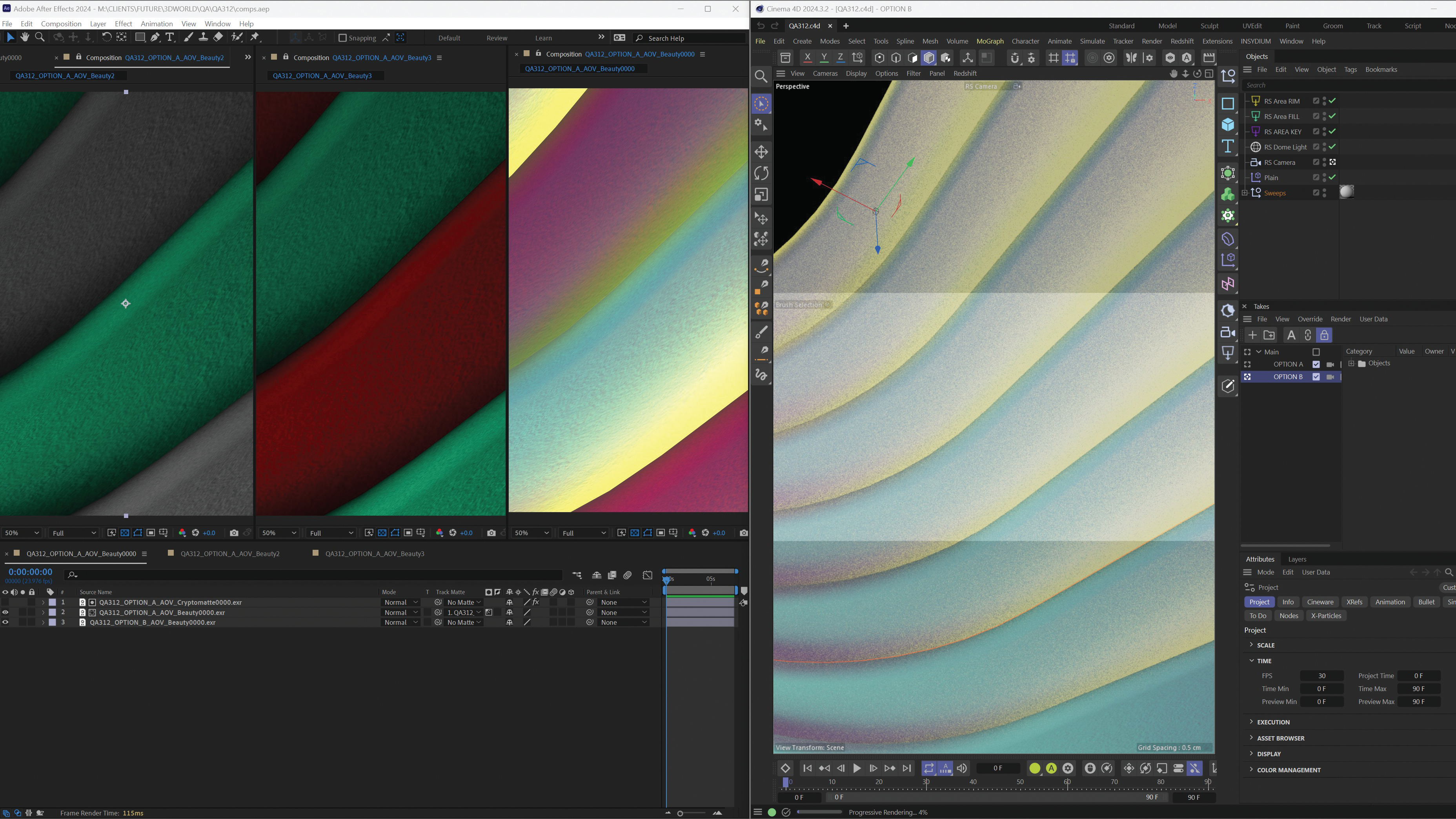After watching Barbie (and other VFX movies) you may have set a new life goal: a job in the VFX industry. But what roles are actually available? And how do you get a chance to work at a big VFX studio?
To help get some answers I've interviewed creatives at VFX studio Framestore, who have stopped playing with their dolls just long enough to shed some light on the key jobs for artists and designers in the VFX industry. Below are creatives who work in just four areas of VFX, but there are also roles for animators, 3D modellers, concept artists, technical artists, lighting directors, environment artists and so much more.
This comes as the VFX studio announces Launchpad, Framestore's paid internship scheme that offers students the opportunity to work at the award-winning studio behind the CG effects of Wonka, Guardians of the Galaxy Vol.3 and the forthcoming Furiosa.
Applications for internships with Framestore's film and episodic teams in London, Montreal, Melbourne and Vancouver are currently open, the deadline is 22 March 2024, and you can apply at the Framestore Launchpad website.
Art director: Jonathan Opgenhaffen

So what are the key roles at Framestore and other VFX studios? Let's begin with the role of art director. Barbie's Jonathan Opgenhaffen describes his role: "I help with visual and creative tasks for anything from early visual development, when there isn't even a film script, all the way to final VFX art direction."
At Framestore this work is handled by the internal Art Department, which creates concept art and illustrations, 3D designs and mood boards as well as being involved in creative discussions with clients.
What kind of mindset do you need to be an art director? "I absolutely love solving problems, be they creative or technical, or both," says Jonathan. "Being able to research different subjects, create artwork, and help solve problems is something I'm grateful to be doing."
Get the Creative Bloq Newsletter
Daily design news, reviews, how-tos and more, as picked by the editors.
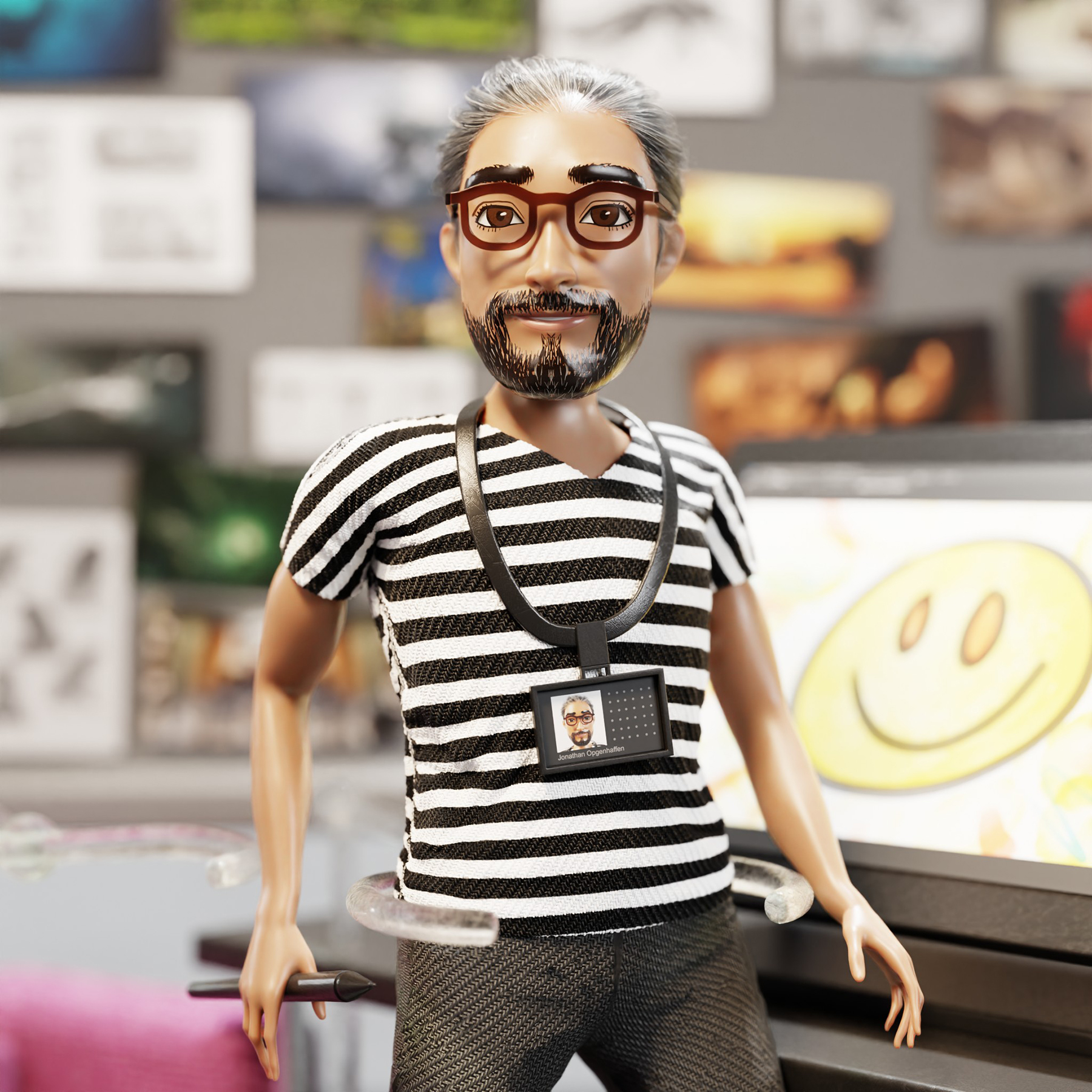
As well as this Jonathan says you need to be a clear communicator, both conversationally but also visually, through art. He explains how being able to think and adapt on the fly is crucial because technology in the VFX industry is constantly changing. "One needs to be able to keep up with – and surpass – the industry standard," he explains, adding: "In broader terms, having a solid sense of design and visual storytelling are super important."
The most enjoyable part of the art director role for Jonathan is the creativity of working in visual effects. Being a part of a studio's art department means artists can be involved in the direction of a film from the very beginning of a project, "being able to shape and help it grow into a final product," he says.
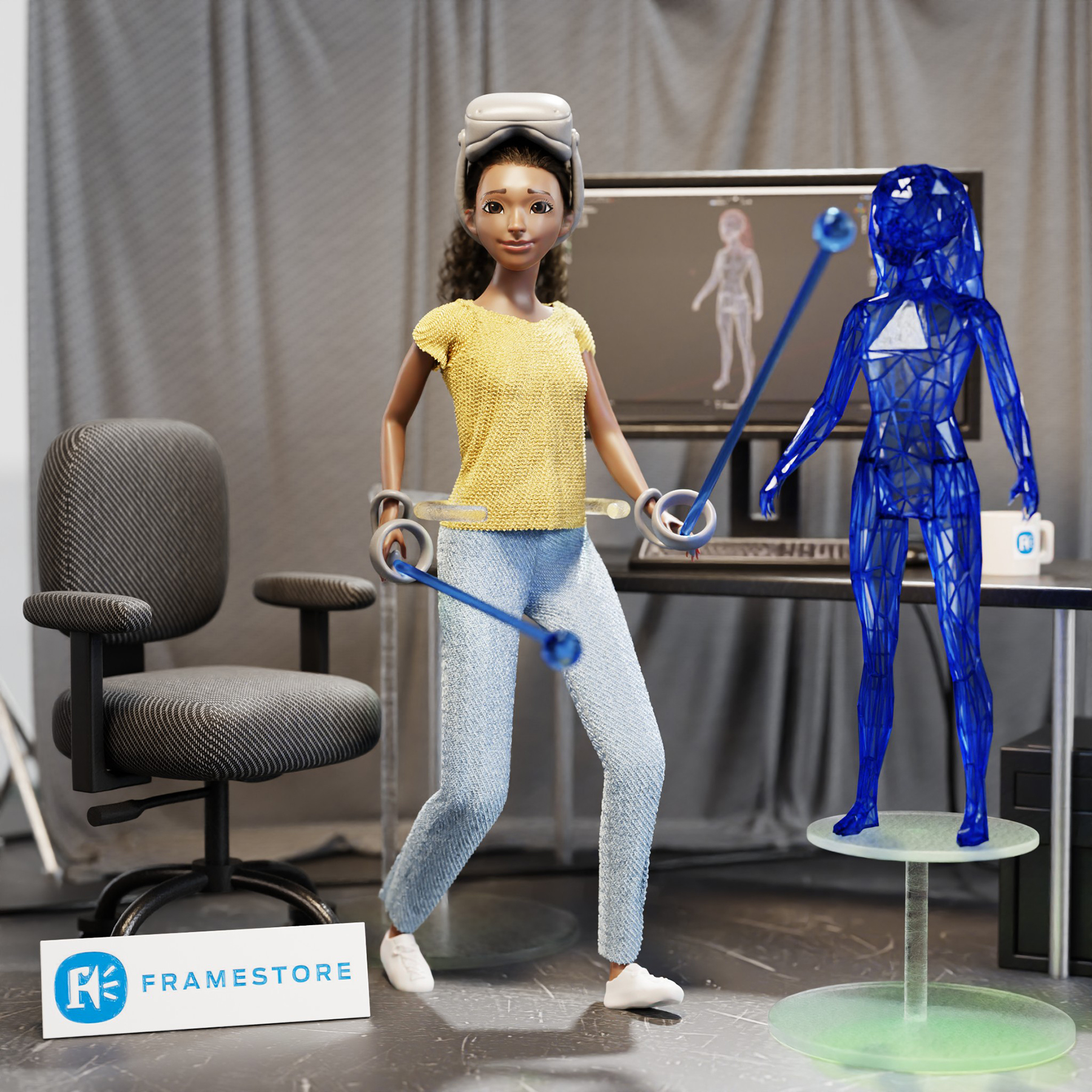
Barbie is proof not every day in the VFX industry is the same. Working on this film came with some unique moments of joy, as Jonathan explains how he was sent a mix of Barbie toys and houses to photograph as reference, but he wasn't sent the iconic Barbie Dreamhouse. "I needed to build it in 3D from scratch," he says. "I loved building it and doing some product shot renders of it. Also, just generally, it was really nice to work on something with a brighter and more positive colour palette and mood!"
This side of the job was quite personal for Jonathan, as for once he was able to work on a project filled with colour and fun. "Something my eight-year-old daughter loved was pretty great," he explains, telling me his usual work involves dark, gritty and moody films.
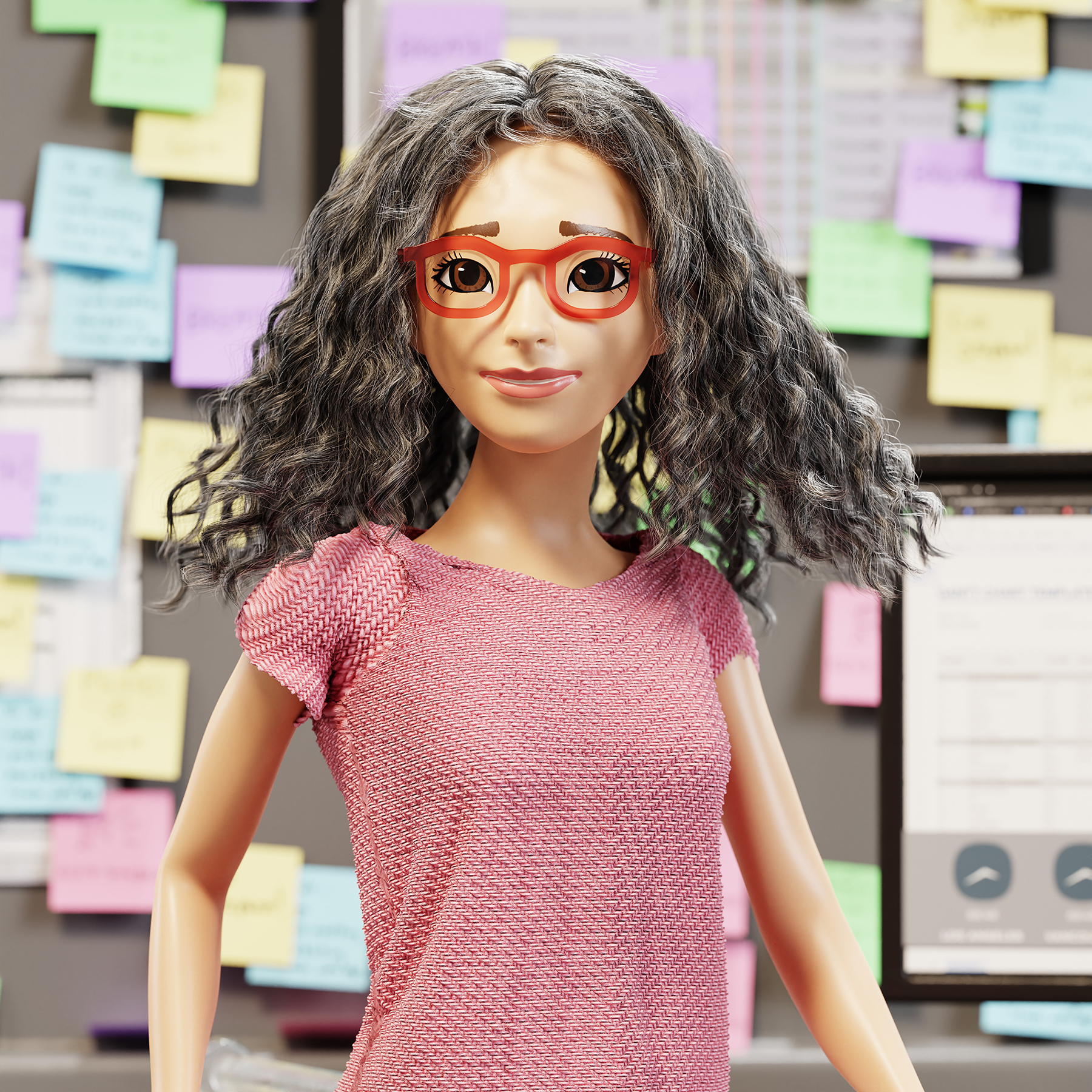
The VFX industry is evolving and changing all the time, with new tech, software and workflows constantly being introduced and tested. It's something Jonathan identifies, saying: "I think the tools will always evolve and get better, faster, more efficient, and with that I feel artists will be able to tackle more within smaller timeframes. Being able to creatively contribute to projects on a wider basis is something I always enjoy, especially as workflows evolve."
He adds: "On the artist and client communication front, I see scope for more direct conversations, as single, multidisciplinary artists may be able to do more and contribute more in early phases of the filmmaking process."
What advice does Jonathan have for anyone who wants to be an art director in the VFX industry? "Be completely proactive," he says, adding: "Get as good as you can through practice and study, and never stop learning. Oh, also, always be nice to people - it's a small industry!"
Visualisation supervisor: Kaya Jabar
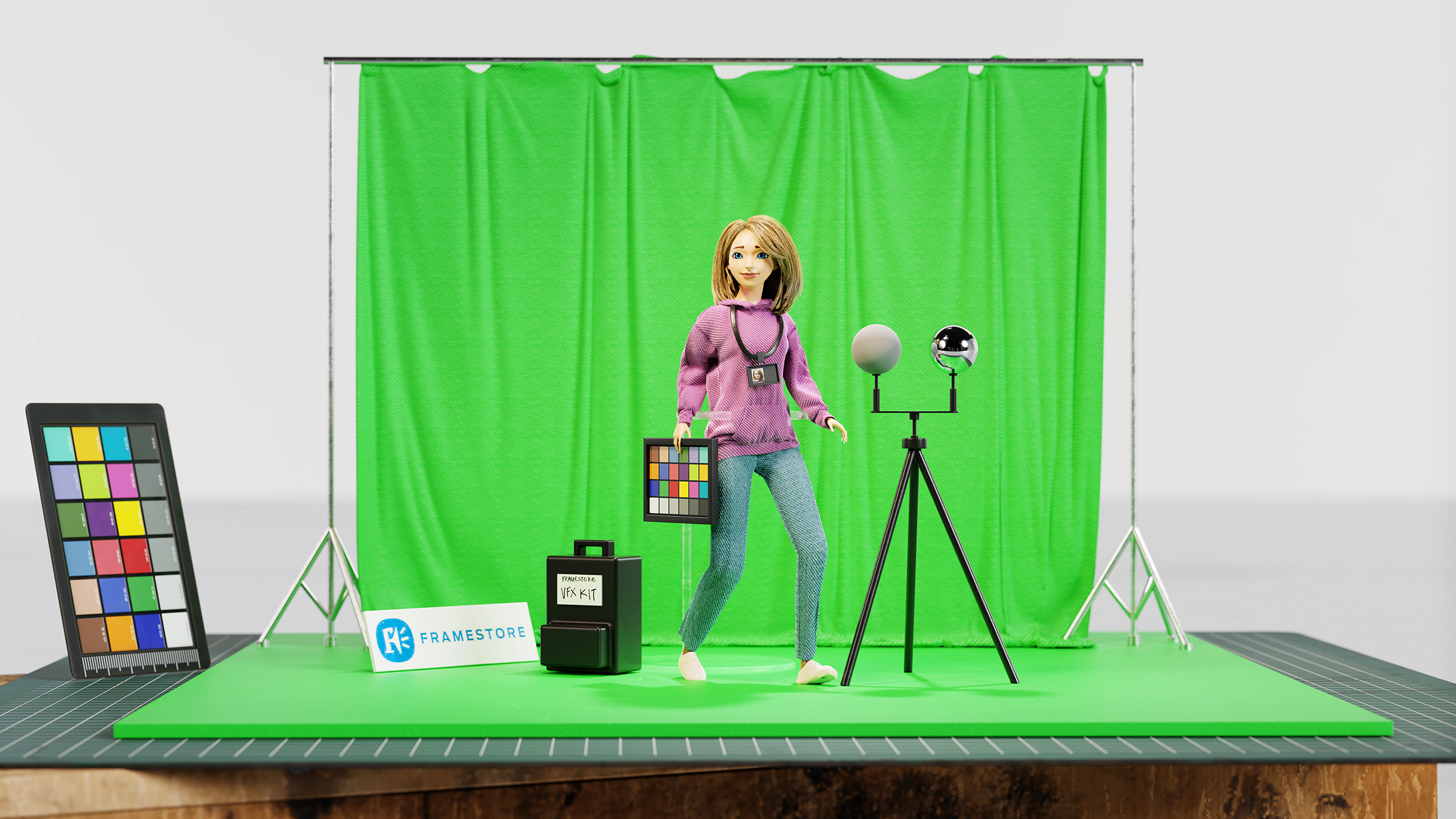
"My role is the visualisation supervisor," says Kaya Jabar. "I lead teams during the planning stages of a shoot to help support storytelling and cinematography, through any technical visualisation requirements during the shoot and finally into post-visualisation where we create temps to work out the blueprint for the final visual effects."
Kaya's favourite part of the job is the "scrums with my production and artists," where she leads the team in a review of the tasks that need tackling and planning how to overcome any challenges that may arise overnight - the VFX industry is a 24 hour business.
The visualisation supervisor particularly loved the virtual scouting sessions on Barbie, working with director Greta Gerwig and cinematographer Rodrigo Prieto. She says: "Being able to provide the tools for them to plan the complex elements of the shoot and review the sets ahead of time felt like it really contributed to the final result."
Like Jonathan, Kaya enjoys being able to affect a film from its earliest stages telling me how being able to work with creators from the outset of a story's development and finding ways to harness Framestore's artists' skills to develop and match a style, is rewarding.
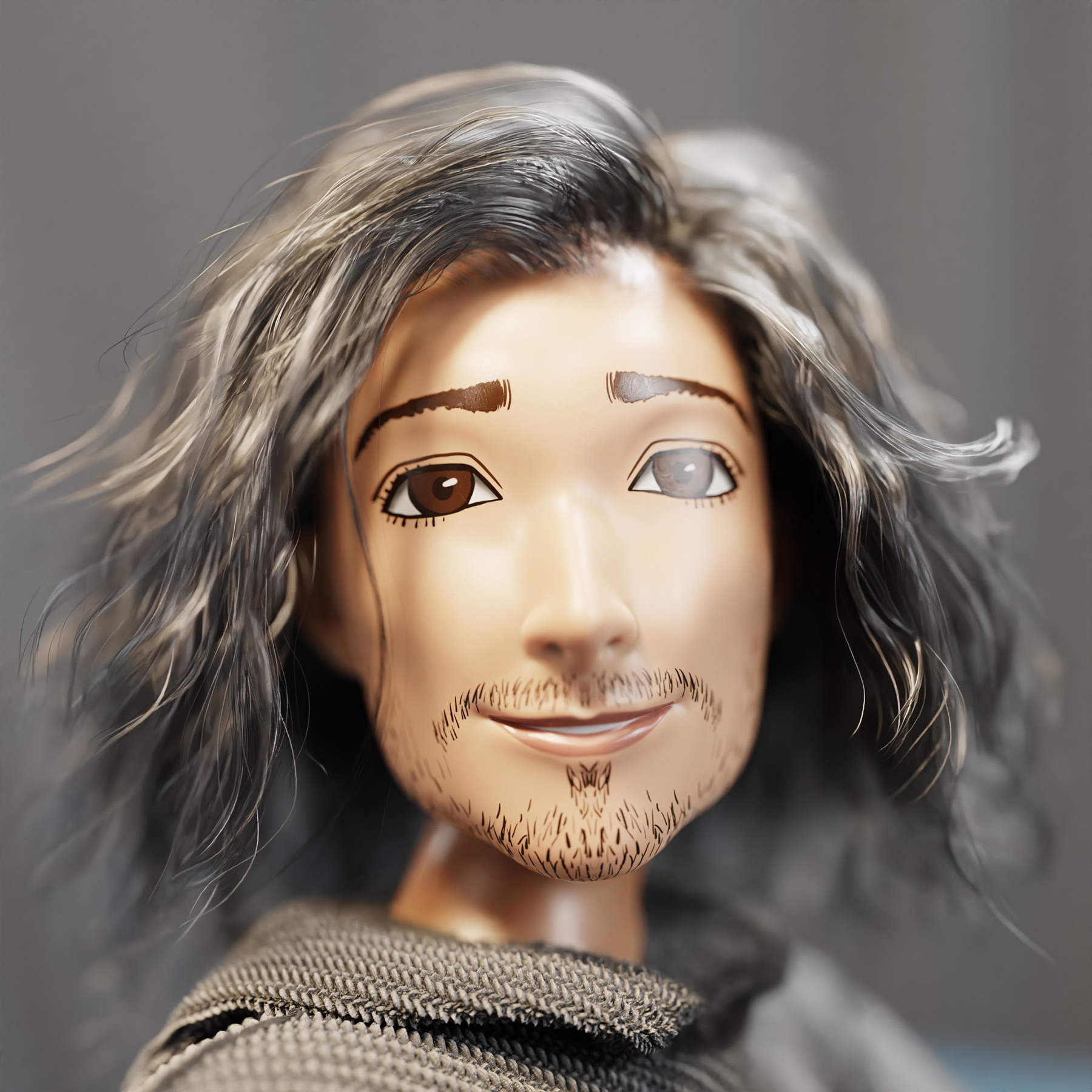
On Barbie the toughest challenge, for Kaya, was the 2001: A Space Odyssey callback. She says, "I think the Kubrick homage was the most interesting challenge, the mix of old and new as well as getting to the true essence of the sequence in order to come up with something memorable."
Ensuring this sequence worked meant tapping into the core skills that you'd need to be a visualisation supervisor. Kaya outlines what you'd need to do this VFX job, saying: "To be successful in my role, leading so many disciplines, requires solid storytelling and animation knowledge as well as an understanding of shoot methodologies and a sensibility towards the final VFX requirements. My most valuable skill is thinking on my feet and being able to troubleshoot complex situations. I’m very good at pivoting!"
Just like Jonathan says, a good visualisation supervisor needs to be adaptable: "We are always on the edge, always adapting, I don't think this role has ever really been the same year to year so I don't expect this to change!"
Compositing lead artist: Viviane Bouchard
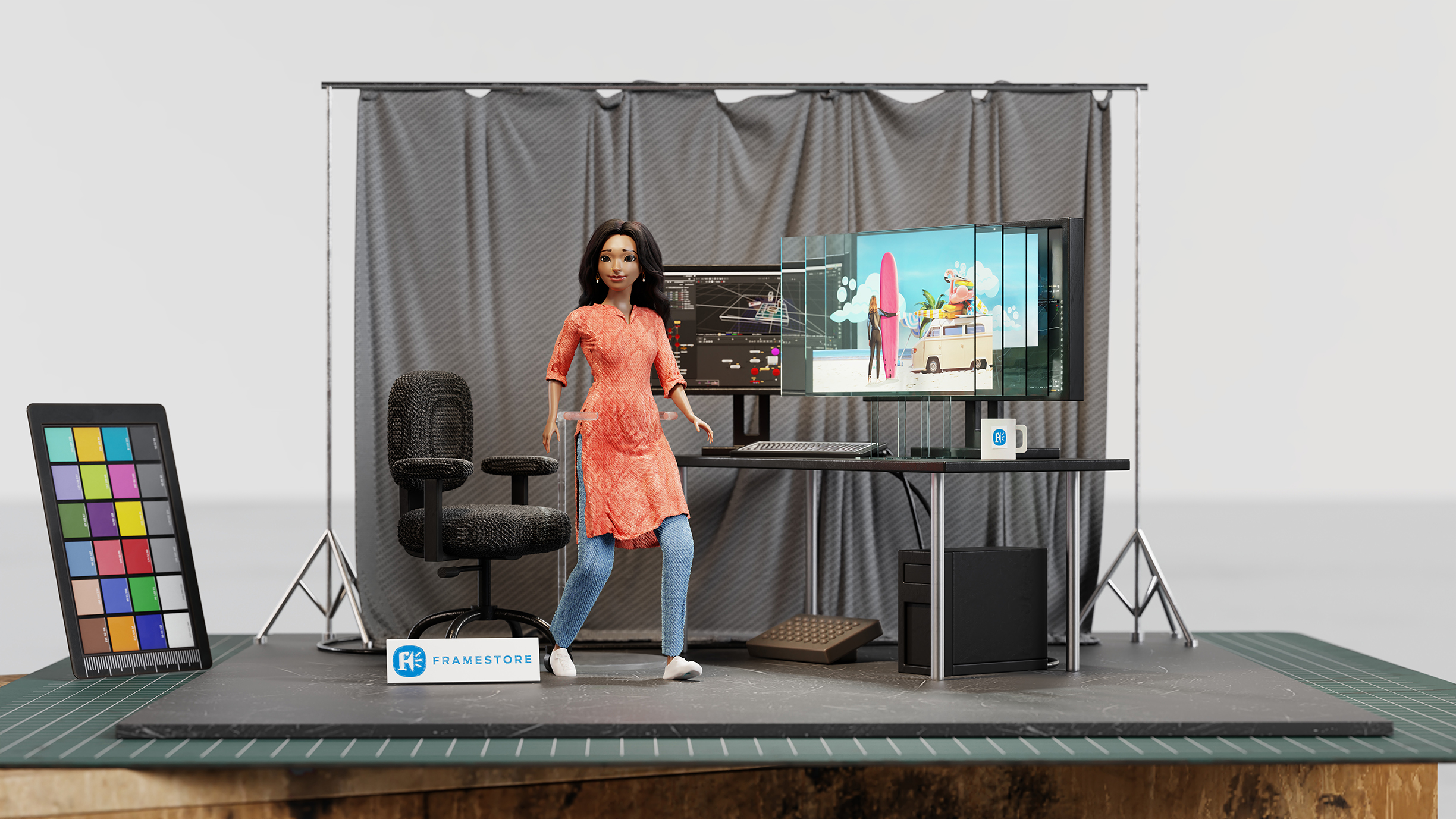
"I'm a compositing lead artist," says Viviane Bouchard. "My role is to set sequences in comp using all the layers from every department in order to create the best possible look and a good template to share with the comp team so all the shots match together. I support the comp artists, make sure they understand the templates they need and find solutions for any issues or challenges they might encounter."
I ask how she starts a typical day, "Working on amazing pictures!" comes back the reply. And what does Viviane find the most rewarding aspect of being a compositing lead artist? "When we get final approval from the client on a shot, there’s a feeling of tremendous accomplishment knowing that all the hours you and your colleagues have put into it really paid off."
You need both creative and technical skills for this role. "I would say the top skills required for this job are to be organised, efficient, meticulous and resourceful," details Viviane, who explains how new technology can open up even more possibilities. "I feel like there’s nothing we can't achieve in visual effects," she adds.
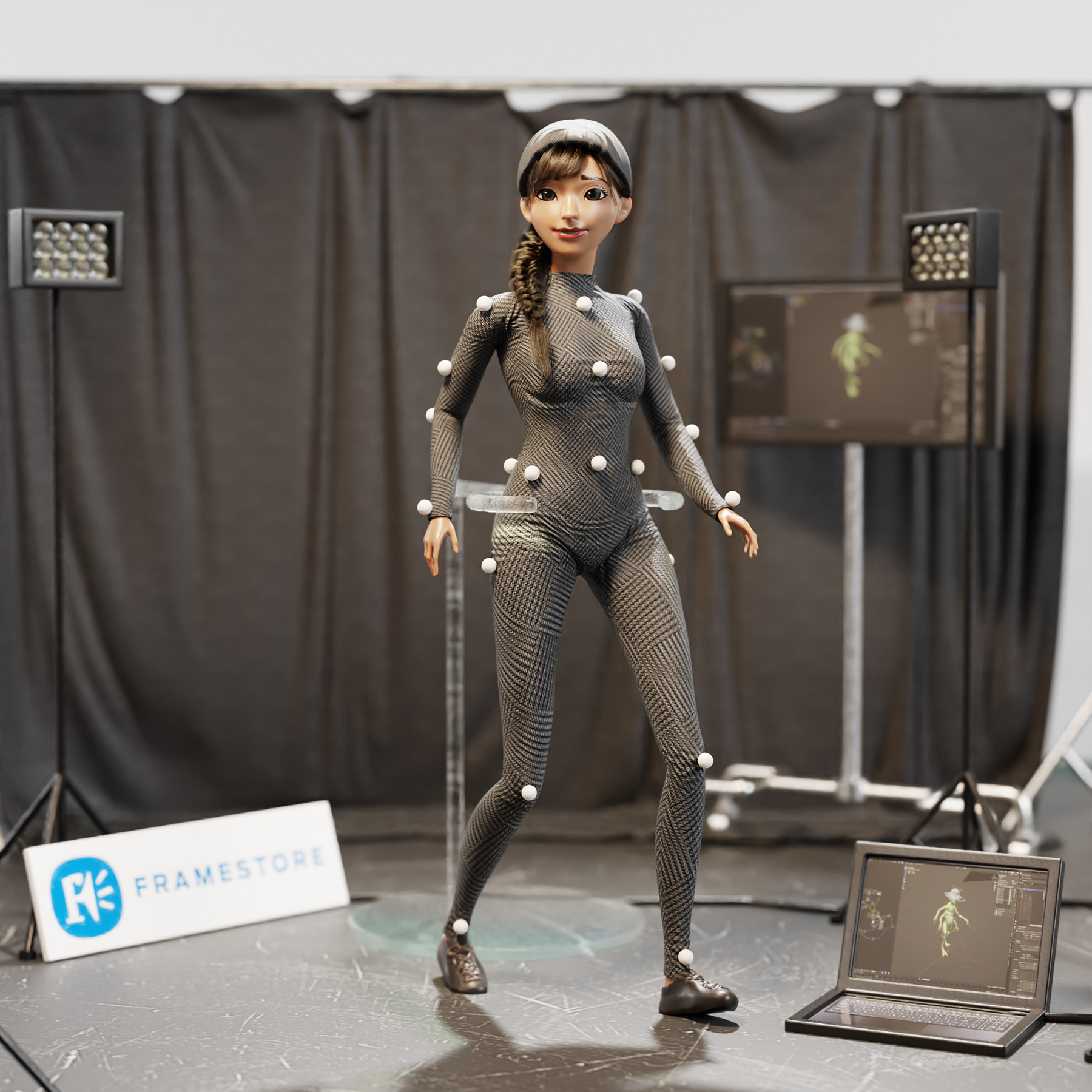
These skills came into use on Barbie, and just as with Jonathan, Viviane enjoyed this project because it was so different to the norm. "Barbie was such a unique project,: she begins. "In VFX you’re used to projects set in space, with robots or fantastic creatures, so having this pink world on my screen was stunning. I loved the sets and all the little character details, specifically the choreography on the beach; there are some really good moves when you pay attention, and they make me laugh a lot."
She continues, "Something that makes me proud is the sense of team spirit we created, and the energy between colleagues. […] This is a job for passionate people, everyone I work with loves what they do and are devoted to their job. Like Barbie would say "you can be anything you want," so go for it!"
VFX supervisor: Laureline Silan

"I supervise the overall lifespan of the project within the VFX scope," says VFX supervisor Laureline Silan as she explains her role. "This entails the final image, and is comprised of a multitude of creative directions from the build of each element to the very final touches."
A typical day for Laureline begins by meeting the Framestore artists. "I look forward to seeing what the artists have proposed. We get together for review sessions and listening to them and the progress they made is the highlight of my day. I then come back and revisit the project strategy so we keep moving forward," she says.
The skills needed for the role of VFX supervisor are attention to detail, creativity and emotional intelligence but Laureline explains: "There is no one secret ingredient that will guarantee success at the role. […] Many different kinds of talent are needed and can bring something to each project."

A common thread with the Framestore team is how much of a people business the VFX industry is. Laureline adds to this view when I ask if there's an aspect of working on her latest projects she most enjoyed. "It’s always about having a great team, seeing us all move together in the same direction, and wanting to give the best," she says. "There have been a few occasions in my career where we’ve faced what has looked like an impossible task, and it’s at times like these when you truly know your team. I’m grateful to all the artists who pour themselves into the images we create and make what we do possible."
I’m grateful to all the artists who pour themselves into the images we create and make what we do possible
Laureline Silan, VFX supervisor
Laureline adds: "Every project is a new mountain to climb. You know when you start and where you will go. You know you want to get to that nice view at the top. But how you get there depends very much on numerous complex conditions. I am happiest every time I can get a team across one of those paths. Especially when we achieve such stunning imagery."
What advice does Laureline have for anyone who wants to follow in her footsteps "Your career is a marathon, not a sprint," she reveals. "Always deliver what matters to the moment you are in, while not losing focus on the bigger picture. Be involved with your work, stay curious, never stop learning new skills. Seek out mentors and opportunities to broaden your impact."
If you want to get a head start then read our explainers for key VFX software Houdini, Unreal Engine 5 and ZBrush. Also, get up to speed on the latest laptops for 3D modelling and the best digital art software in how guides.

Thank you for reading 5 articles this month* Join now for unlimited access
Enjoy your first month for just £1 / $1 / €1
*Read 5 free articles per month without a subscription

Join now for unlimited access
Try first month for just £1 / $1 / €1

Ian Dean is Editor, Digital Arts & 3D at Creative Bloq, and the former editor of many leading magazines. These titles included ImagineFX, 3D World and video game titles Play and Official PlayStation Magazine. Ian launched Xbox magazine X360 and edited PlayStation World. For Creative Bloq, Ian combines his experiences to bring the latest news on digital art, VFX and video games and tech, and in his spare time he doodles in Procreate, ArtRage, and Rebelle while finding time to play Xbox and PS5.
